Vintage flowers
As well as being hardy, adaptable and forever fashionable, these trusty old-timers are the flowers that feed our precious pollinators and other beneficial creatures that are essential to a healthy garden.
Tall
Flowers on spikes make a bold block of colour, easier for pollinators to see from afar. They make it easy for insects to move from flower to flower without expending too much energy.
Easy to grow Penstemons come in a wide range of eye-catching colours. Look to the ‘Cha Cha’ series or the larger flowered ‘Taffy’ varieties for terrific longsummer flowering. Delphiniums are perennial in cooler climates but there are also annual varieties (aka larkspurs), which are easily grown from seed in any part of the country. Romantic foxgloves and lofty hollyhocks are easy from seed, and available also as small plants in garden centres. Lovely green Bells of Ireland, a favourite for picking and drying, is available in seed packets. Campanulas (bell flowers) provide vertical accents in gorgeous shades of blue. Salvias cope beautifully in hot dry weather, flowering mainly in late summer.
Simple
Simple old fashioned flowers with a single row of petals attract more pollinators than densely petalled blooms.
Single old fashioned roses and look-alike, dry tolerant rock roses (Cistus) welcome bees with showy golden anthers. Daisy flowers, packed with pollen and nectar, attract hoards of pollinators and natural pest predators. Calendulas provide bright sunny colours for winter and early spring. Perennial Marguerite and Federation daisies, great for pots, coat themselves in daisy flowers for many months on end. For high summer and autumn colour plant asters, sunflowers and zinnias. Easy to grow from seed or seedlings, cosmos is great for picking and long season display.
Umbrella flowers
While daisy flowers attract larger pollinators like bees, umbels are favourite landing pads for smaller insects including pest controlling predators like lacewings, hover flies and parasitic wasps.
With disks of tiny single flowers held on flat umbrella-like heads with long stems, these tall beauties include perennial sedums, astrantias and achilleas. Annuals with umbel flowers are Queen Anne’s lace, lovely white Orlaya and many herbs in the carrot family - a good reason to allow space for the flowering of fennel, dill, parsley and coriander when they ‘turn to seed’.
Striped and speckled
Some flowers have special markings which are ‘nectar guides’ for butterflies and bees. Foxgloves, violas and many penstemon are classic examples. Both old and new varieties of Alstroemeria are bumble bee favourites. The modern varieties are ideal for smaller gardens and pots, avoiding the leggy growth and invasiveness of some of the older ones.
Balls and bobbles
A favourite architectural plant thats loved for picking, Echinops ritro (globe thistle) is a hardy perennial with striking pompom flowers on long stems appearing in late summer and autumn. They can be dried for winter vases. The bees clamber over the globes foraging for food. Gomphrena (globe amaranth) is a great drought tolerant annual that’s easy from seed and produces papery pompoms in a range of pretty colours. Other fabulous globe flowers to grow are the ground hugging Armeria (sea thrift) and many different Allium (onion) varieties.
Fillers and spillers
As an appealing pathway border try lime green flowered Alchemilla (lady’s mantle), so pretty after a rain when droplets sparkle on its furry leaves. Tiarella is great for shady borders with its airy white flowers and maple-like leaves. Colourful perennial dianthus is another bee favourite as is old fashioned alyssum, so easy to grow from seed scattered straight into the garden or pathway cracks.
Fragrance for all
Some flowers exploit both colour and perfume to attract their pollinators. Roses are most fragrant on a warm sunny day when the bees are about. The scent of a lilac shrub in bloom is adored by humans and insects alike. Climbing Sweet peas grow easily if sown straight into rich garden soil are beautiful for picking. Alyssum will flower all year in a mild climate, self sowing to renew its fragrant clumps. Flowers that rely solely on a powerful scent to attack pollinators are often white or pale.
Blue
Along with yellow, blue and purple flowers are bee favourites. Planting these cooler hues as a contrast to bright yellows and reds adds depth and drama to an old fashioned flower garden.
Borage flowers in sky blue are lovely by bees and a pretty edible flowers for summer salads. Blue and purple Asters are fabulous in late summer and autumn. Intensely blue cornflowers are cool weather annuals that bloom in early spring. Omphalodes make a pretty blue sprinkle as a companion for spring flowering bulbs under deciduous trees. Nigella (Love-in-a-mist) produces a romantic airy effect, its tall lacy flowers followed by attractive seed heads. Phacelia is like ice cream for bees.

15-Sep-2022
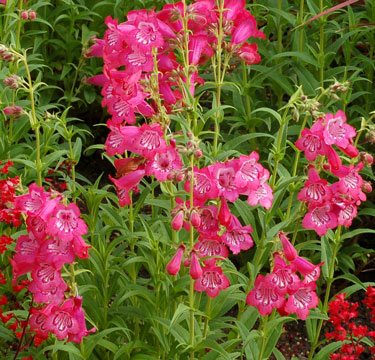
Penstemon Cha Cha Pink
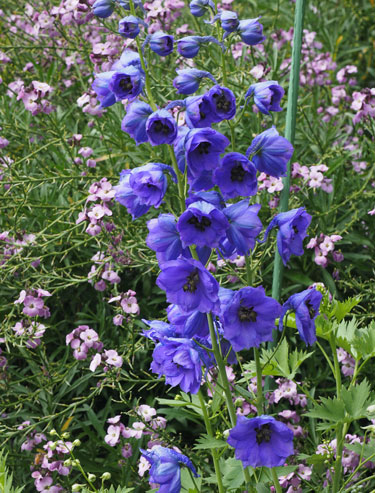
Delphinium

Foxglove

Hollyhock
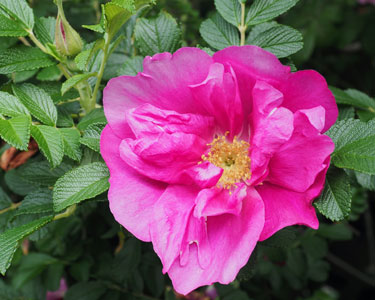
Rugosa rose
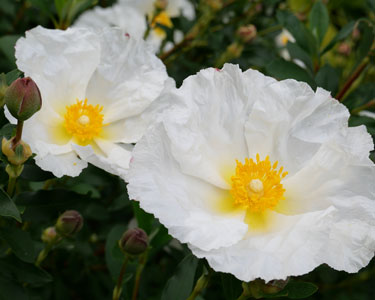
Cistus Bennets White
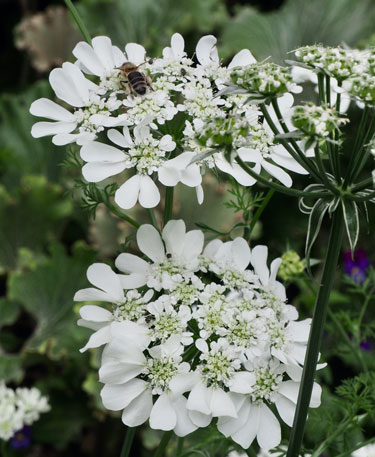
Orlaya
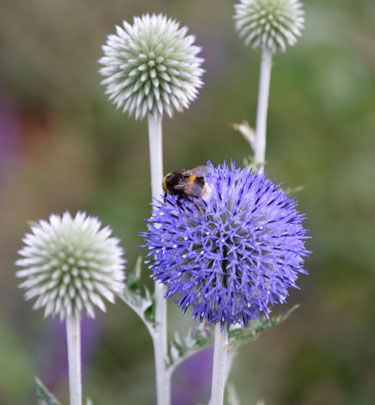
Echinops (globe thistle)
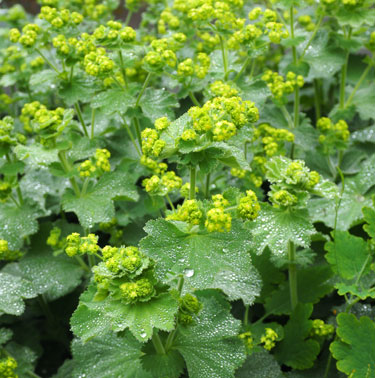
Alchemilla (ladies mantle)
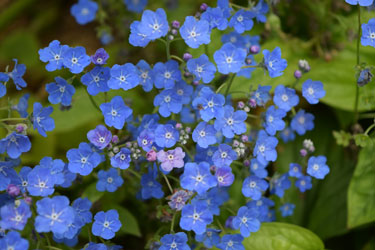
Omphalodes

